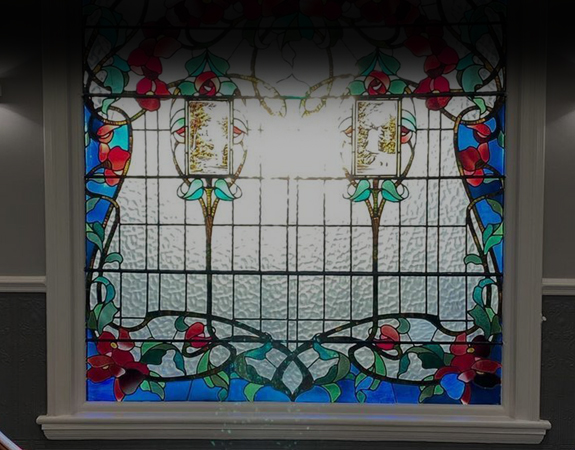What are Inlays and Onlays?
Inlays and onlays are a conservative way of restoring teeth to full function. Dentist in Leeds City Dentalcare always do their very best to maintain as much healthy tooth structure as possible, and inlays and onlays can be a great way of achieving this aim. The alternative would be to use a crown that covers the entire tooth, and this would require much more tooth structure to be removed in order to create sufficient room for the crown.
Inlays are made to replace the central part of the chewing surface of a back tooth, either a molar or a pre-molar. They are excellent for larger areas of decay that would be unsuitable for normal composite resin fillings.
Onlays can replace the central part of the chewing surfaces a back tooth, as well as one or more of the cusps. In fact onlays can be used to replace the whole chewing surface of a back tooth. The cusps are raised points that you find on the outer edges of back teeth.
Advantages of Having Inlays and Onlays
Inlays and onlays are precision made to fit tightly into the area of tooth that needs replacing. Once they are bonded into position they help to improve the strength of the tooth and offer a relatively long-lasting solution to repairing areas of tooth structure that have been lost to decay or disease. Their precision fit ensures that bacteria are sealed out of the tooth, and that the restoration is easy to clean.
You can choose to have inlays and onlays made out of tooth coloured materials that blend in extremely well with the remaining tooth structure, although some can be made from gold alloy. Most inlays and onlays are made out of some type of porcelain, as this material is durable and long-lasting, and will not stain. These types of restorations are called indirect restorations as they are made in a dental laboratory, and this does mean you will need to return to our Leeds surgery at a later date for fitting.
You may also be able to have a CEREC inlay or onlay. CEREC is a milled porcelain that is constructed right here at Leeds City Dentalcare. The huge advantage of this system is that you will be able to have your tooth prepared for the inlay or onlay, and can have it fitted during the same visit. CEREC restorations look very natural and are hardwearing, making them a good choice for repairing back teeth.
Procedure for Having an Inlay or Onlay
The procedure for having an inlay or onlay is very straightforward. You’ll need to have the tooth prepared, something that will be done by Dr David Brown or another of our dentists at Leeds City Dentalcare. Once the tooth is prepared then the next step will depend on the type of restoration chosen to repair your tooth. If you are having an indirect inlay or onlay then an impression will be taken of your tooth, and sent to our dental laboratory for fabrication. It will be fitted and cemented into place at your next visit.
If you have chosen a CEREC inlay or onlay then a special digital camera will be used to take pictures of your tooth. These images are used by our dentists to design your restoration. Once they are happy with the design then this is sent directly to the milling machine. The machine is able to mill your restoration from a single solid block of porcelain. The next step is for your dentist to stain and polish the inlay or onlay, before cementing it into place. You’ll leave our Leeds surgery with your tooth fully restored.




